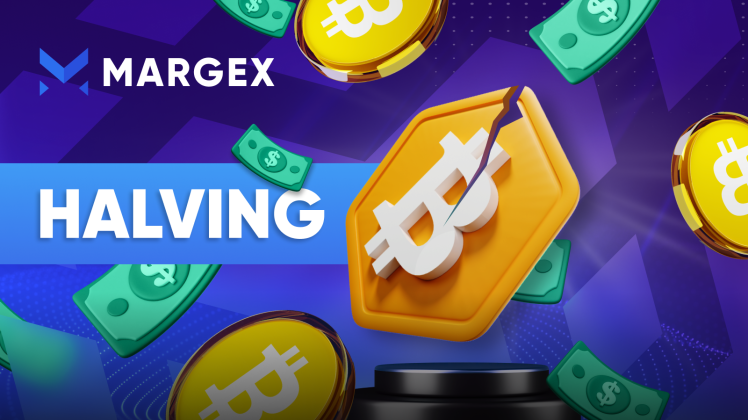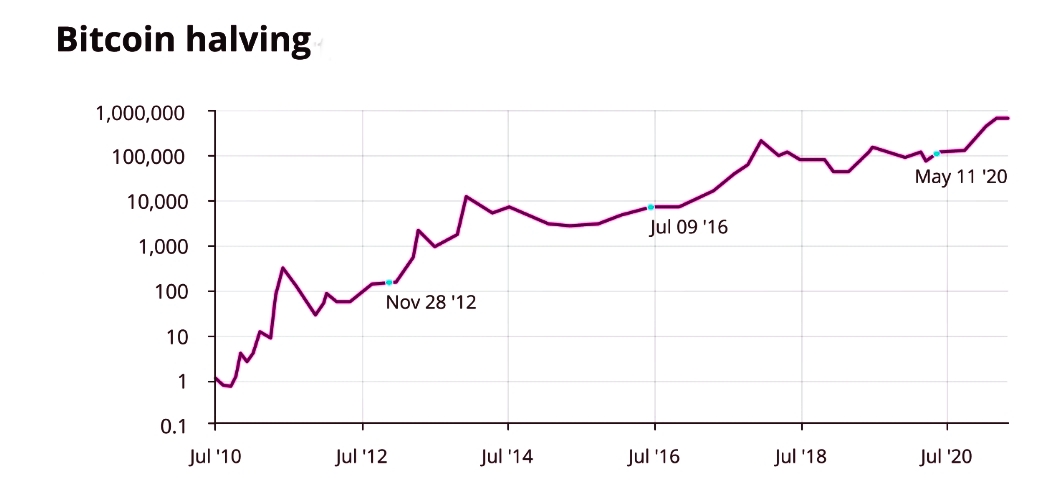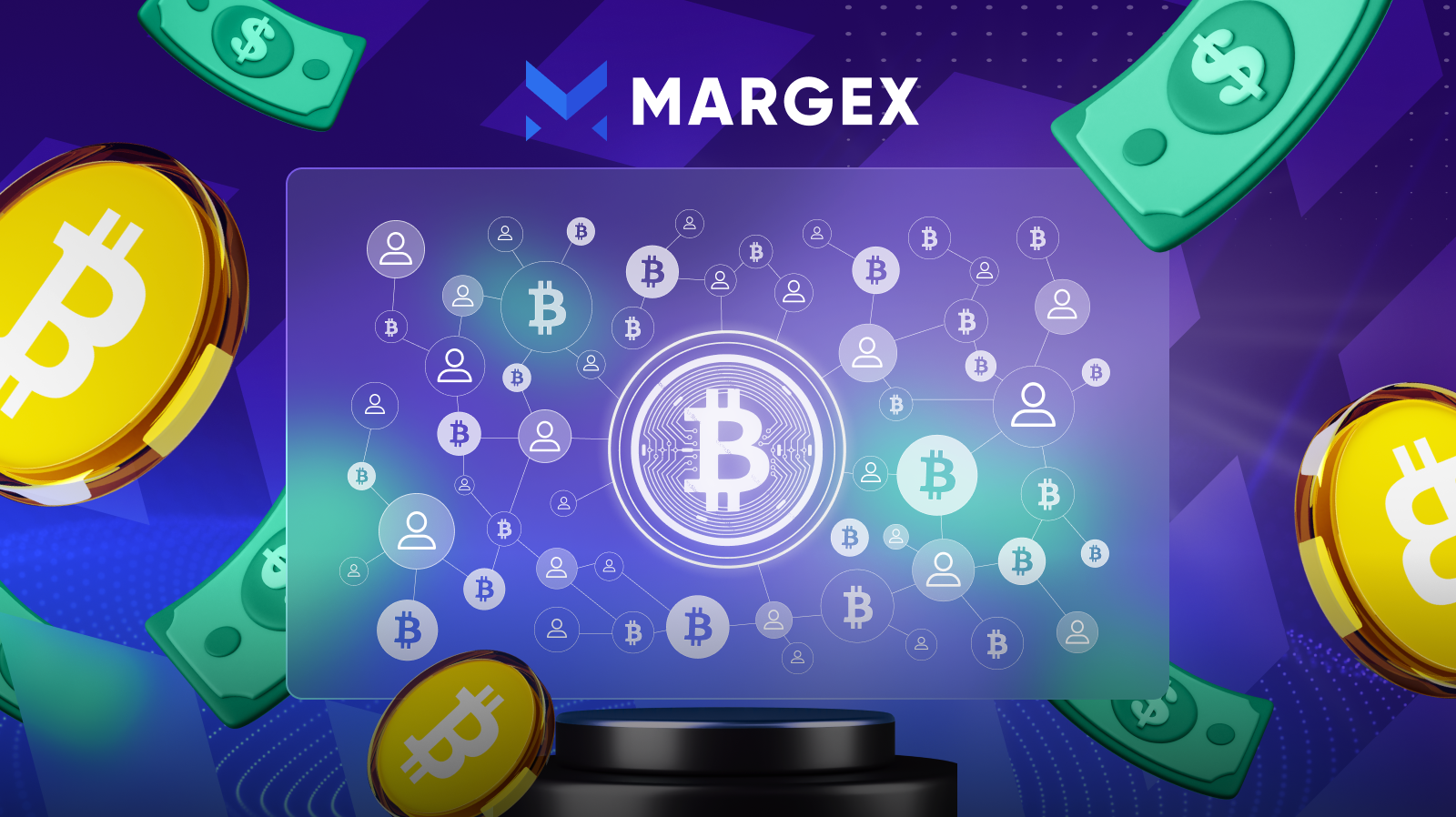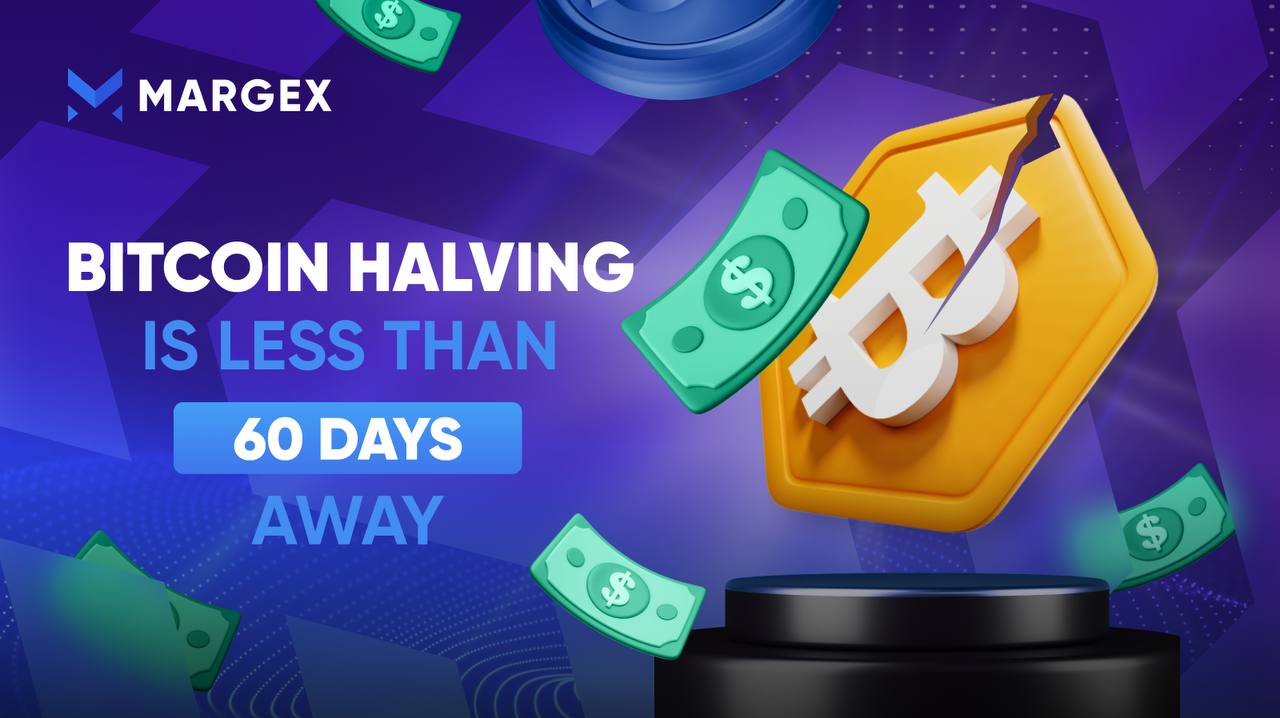
The Halving Event
The Bitcoin halving is an event that occurs every four years and significantly impacts the production of new bitcoins and associated mining activity. But, during the halving, the reward given to miners for validating transactions is cut in half, decreasing the creation of new coins.
When a halving occurs, miners receive 50% fewer bitcoins for the same amount of work done. The primary purpose of the halving is to regulate supply and demand. By reducing the supply of new bitcoins, an increase in demand is expected, often leading to a rise in the value of each bitcoin.
The Clock is Ticking: When Will Bitcoin’s Halving Occur?
The next Bitcoin halving occurs every 210,000 blocks in the blockchain, making it challenging to pinpoint an exact date. The timing depends on the pace of transactions on the Bitcoin blockchain. However, based on the current rate, the next halving will occur on 18 April 2024. This event has sparked anticipation among critical investors in the sector, who are preparing for this event.
Brief Historical Analysis
Bitcoin halvings occur approximately every four years, or every 210,000 blocks, as part of Bitcoin’s predetermined monetary issuance schedule. The process controls inflation and ensures a capped supply of 21 million bitcoins. Once all bitcoins are mined, projected to happen around 2140, no more new bitcoins will be created.
Here’s a brief overview of past and future Bitcoin halvings:
- 3 January 2009: Bitcoin’s genesis block is mined, marking the beginning of the cryptocurrency.
- 28 November 2012: The first halving occurs at the 210,000th block, reducing the block reward from 50 to 25 bitcoins.
- 9 July 2016: The second halving takes place at the 420,000th block, reducing the block reward from 25 to 12.5 bitcoins.
- 11 May 2020: The most recent halving happens at the 630,000th block, reducing the block reward from 12.5 to 6.25 bitcoins.
- Expected April 2024: The upcoming halving is anticipated to occur around the 740,000th block, further reducing the block reward from 6.25 to 3.125 bitcoins.
- Expected 2028: Future halvings are expected to continue every 210,000 blocks until approximately 2140, when the last bitcoin is projected to be mined.

Bitcoin Halving: Why Should It Matter to Everyone?
The Bitcoin halving event carries significant implications beyond simply reducing rewards for miners. By decreasing the amount of new bitcoins entering the market, a domino effect is triggered within the cryptocurrency economy.
Firstly, reducing mining rewards directly impacts the supply of new bitcoins. With fewer bitcoins entering circulation, the availability of the cryptocurrency becomes scarcer, potentially driving up its market value. This supply and demand dynamic is crucial to understanding the effect of halving on Bitcoin’s price.
Moreover, the halving also affects Bitcoin’s inflation rate. The cryptocurrency’s inflation is controlled by slowing down the rate at which new bitcoins are generated, making Bitcoin a more attractive deflationary asset for investors.
However, the impact of the halving extends beyond the cryptocurrency economy. The need for efficiency in Bitcoin mining increases as rewards decrease. This may drive innovation in more efficient and environmentally sustainable mining technologies.
International attention towards Bitcoin and its underlying blockchain technology may also increase due to the halving. With a more limited supply and potential value increase, more investors, businesses, and institutions will likely consider involvement in the Bitcoin ecosystem, which could have significant implications for its adoption and price.
In summary, the Bitcoin halving is a significant event that affects miners and the supply of bitcoins and has far-reaching implications for the global cryptocurrency economy and the widespread adoption of Bitcoin as a financial asset.
What’s next?

After the Bitcoin halving in 2024, several significant developments can be expected in the cryptocurrency market:
Increase in Bitcoin’s value: Historically, the price of Bitcoin has experienced a considerable increase around the time of the halving. This represents an attractive investment opportunity for traders already accumulating bitcoins in anticipation of a price surge.
Rise in the value of other cryptocurrencies: The increase in the price of Bitcoin tends to pull the rest of the cryptocurrency market along with it. Therefore, other major cryptocurrencies, such as Ethereum, Solana, or Cardano, will also experience significant price increases. In previous bull runs, these cryptocurrencies have surpassed their all-time highs.
Breakout of Bitcoin’s all-time high: Bitcoin reached new all-time highs after the last two halvings. On this occasion, it is expected that the leading cryptocurrency will seek to surpass the $67,000 it came in 2021 to reach at least $100,000.
Uncertainty following the breakout of the all-time high: After breaking the all-time high, it is common for uncertainty to occur in the market. Investors and traders will be attentive to observing how far the price of Bitcoin can go and how the market will react overall.
Effects on Users, Miners, and Speculators.
The Bitcoin halving, an event programmed into the cryptocurrency’s code, entails an automatic reduction in the amount of Bitcoin issued per mined block. This measure does not disrupt the regular operation of the network but has significant implications for various actors in the Bitcoin ecosystem.
For ordinary users who use Bitcoin for daily transactions, the halving will not directly impact their experience. They can continue using their wallets and conducting transactions as usual.
However, for Bitcoin miners, the halving can pose a challenge. With a 50% reduction in the reward per mined block, some miners may be forced to exit the activity due to operating costs and declining profitability. This could drive research into creating more efficient hardware for Bitcoin mining.
On the other hand, for speculators, the halving may be perceived as an event that increases Bitcoin scarcity, potentially driving the price upwards. The reduction in Bitcoin issuance can increase demand as the supply becomes more limited, which could result in a rise in the value of BTC.

Unlocking Halving Opportunities: Trade on Margex
To leverage the advantages of Bitcoin halving and trade on Margex, follow these key steps:
Education and understanding of halving: Before starting trading, ensure you fully understand how Bitcoin halving works and how it has historically impacted the market. This will help you make informed and strategic decisions.
Registration on Margex: Create an account on the Margex trading platform if needed. Complete the verification process and familiarize yourself with the platform interface.
Deposit funds: Deposit funds into your Margex account. The platform accepts deposits in Bitcoin and other cryptocurrencies and fiat currency such as USD.
Developing a trading strategy: Define a plan that suits your financial goals, risk tolerance, and market knowledge. You can opt for short-term trading strategies like day trading or long-term strategies like swing trading.
Market analysis: Conduct a Bitcoin market analysis to identify trends, patterns, and potential entry and exit points. Use technical and fundamental tools to support your decision-making.
Risk management: Implement robust risk management in your trades. This includes setting loss and profit limits, diversifying your portfolio, and avoiding excessive leverage.
Execution of trades: Once you’ve developed your strategy and conducted market analysis, execute your trades on the Margex platform. Use market orders, limit orders, or other tools available on the platform as needed.
Monitoring and adjustment: Monitor your trades closely and adjust your strategy based on market developments and financial goals.
Bitcoin halving is not merely a speculative event; it’s a fundamental mechanism regulating token issuance and has been instrumental in maintaining ecosystem stability since its inception in 2008. While its historical impact on price has been positive, its true significance lies in its potential to emancipate us from centralized entities that control our finances and, by extension, our lives.
Bitcoin halving represents an innovative tool for token generation, management, and issuance, demonstrating the possibility of maintaining a global economic system that is independent, inclusive, accessible, and, most importantly, entirely governed by ecosystem users. Its relevance transcends market movements as it can empower individuals and promote greater financial autonomy worldwide.


